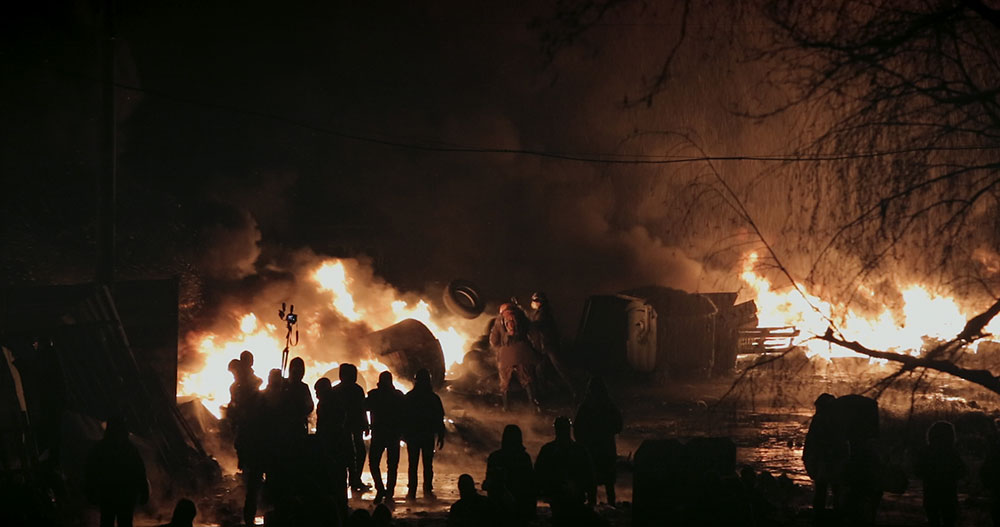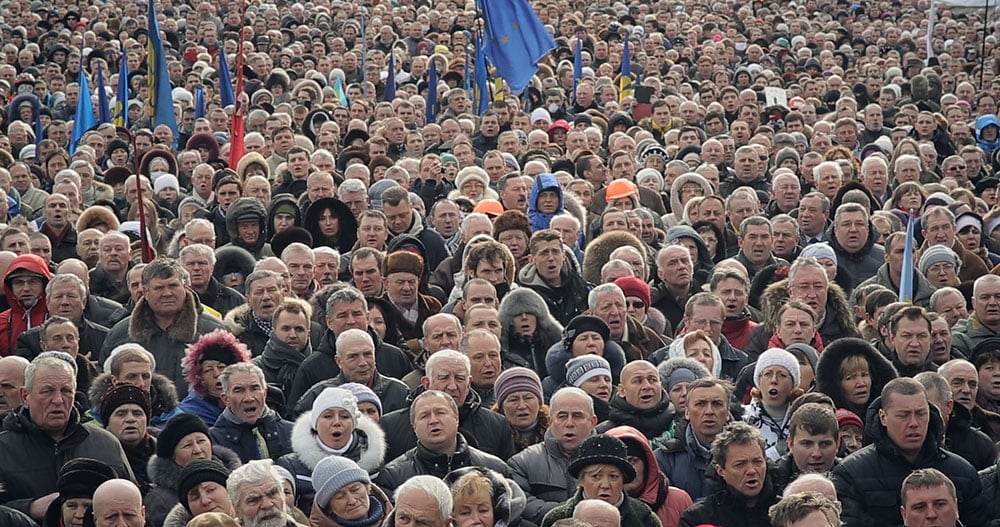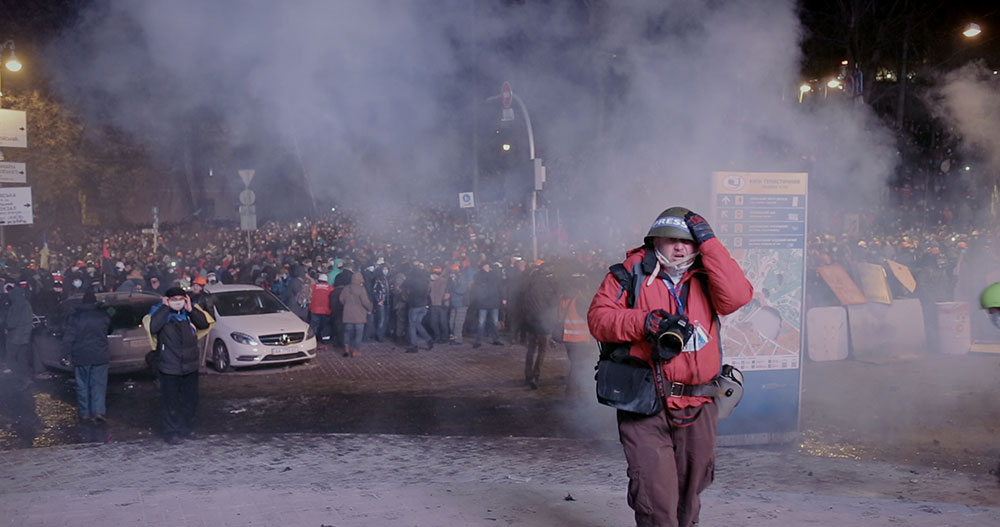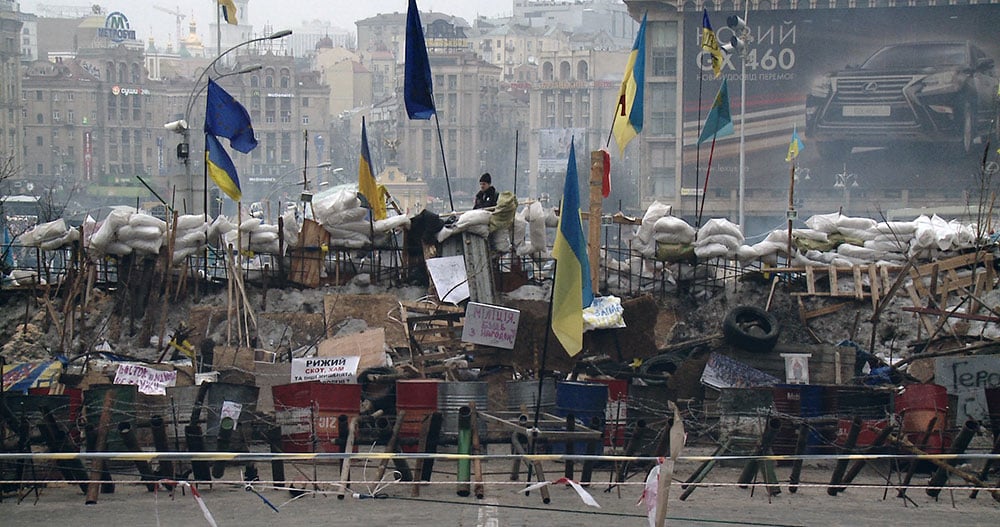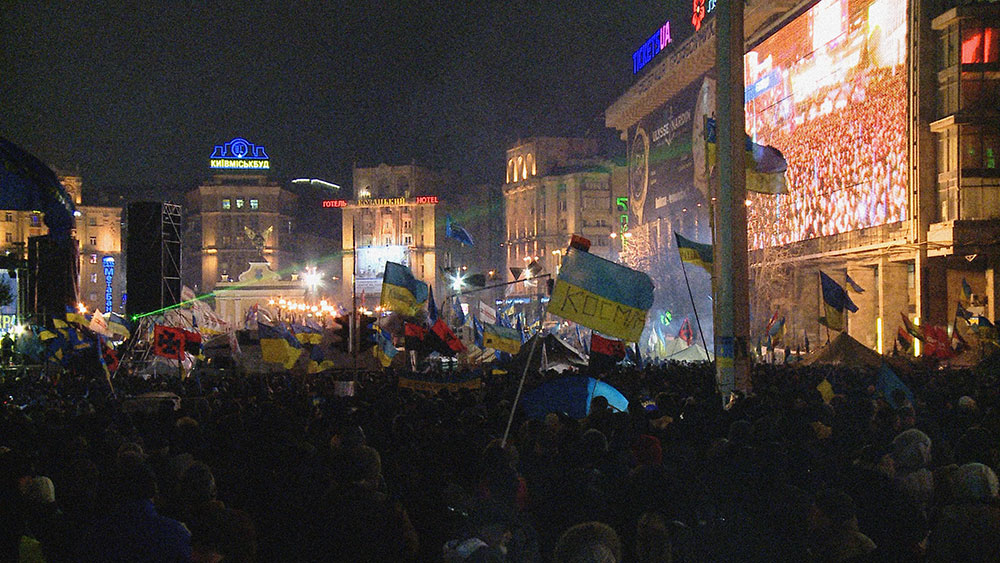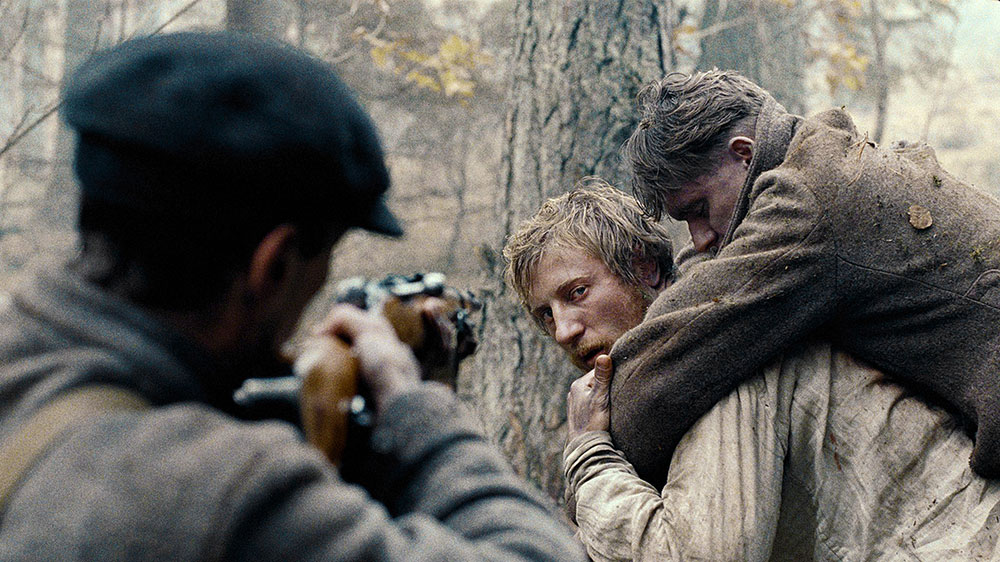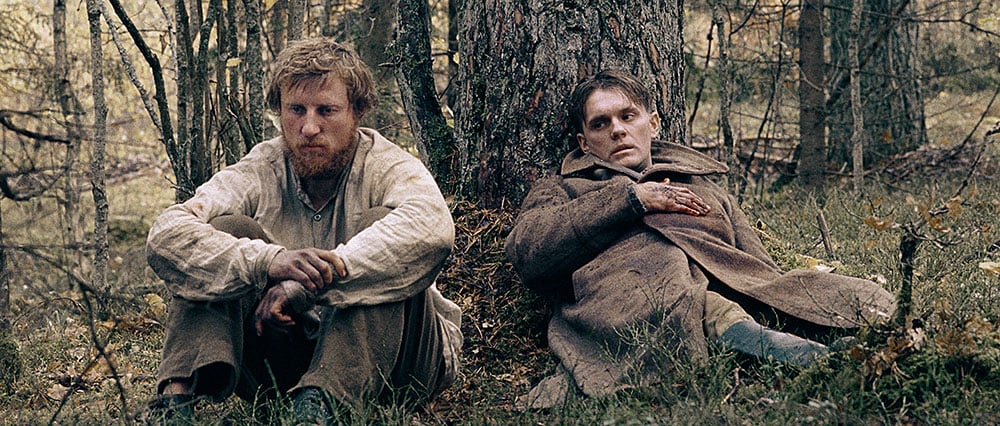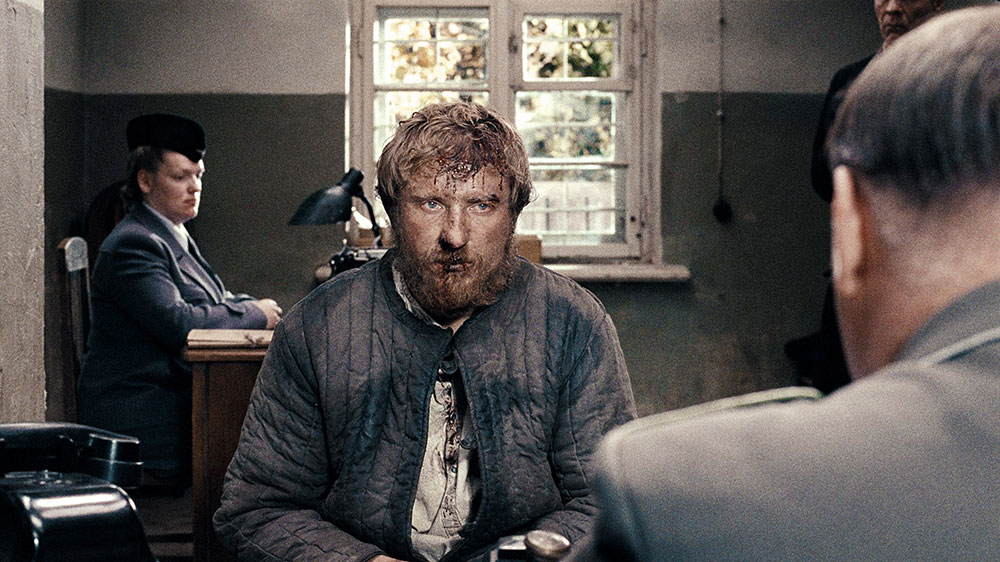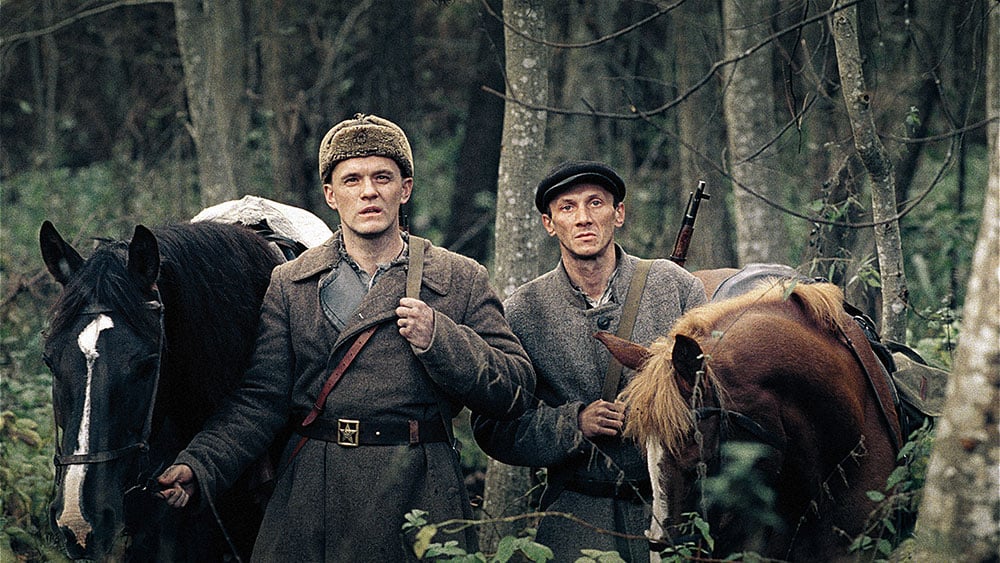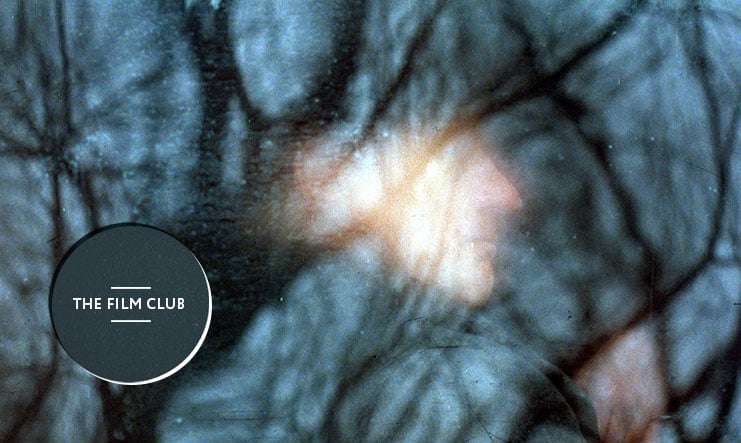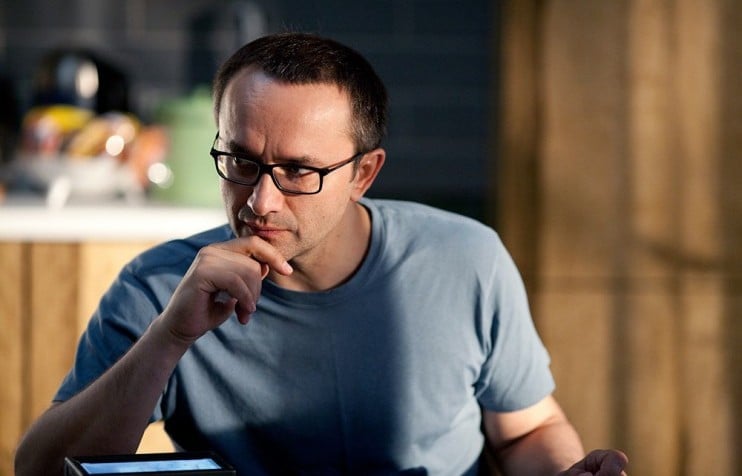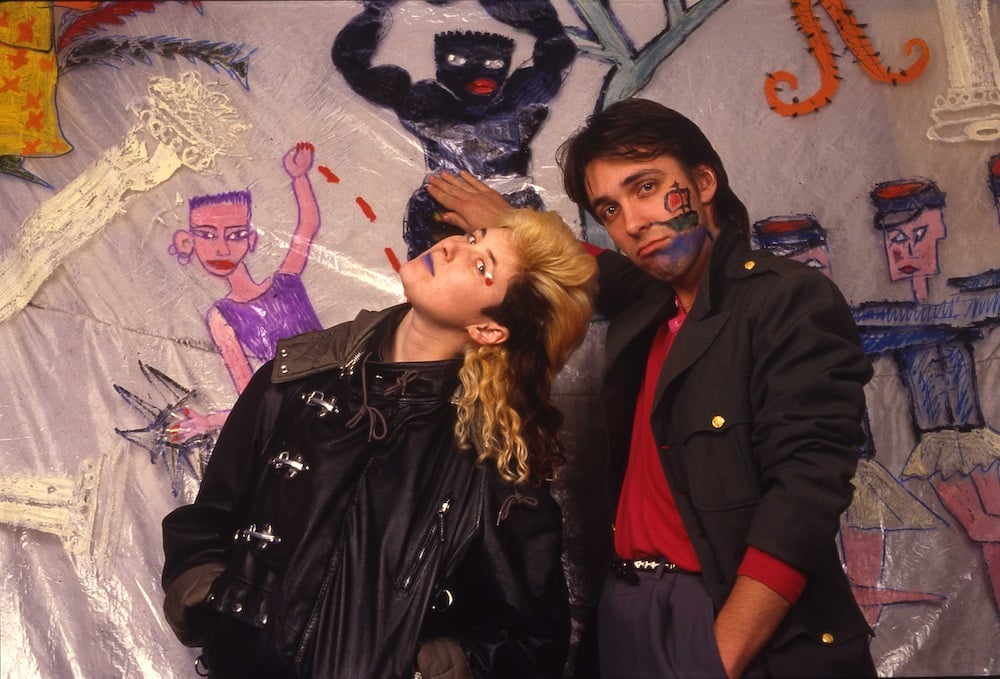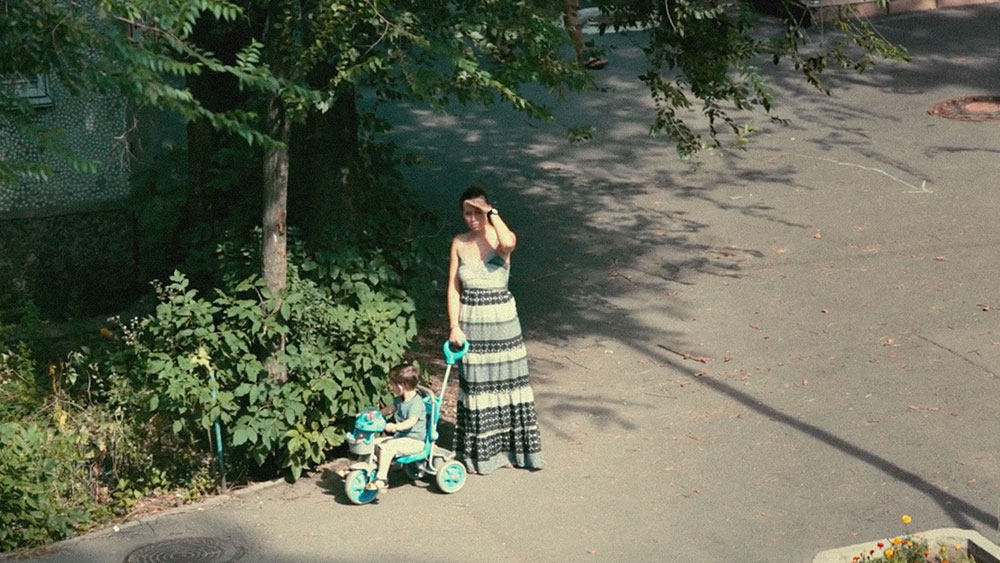Master in the making: how film director Sergei Loznitsa honed his craft
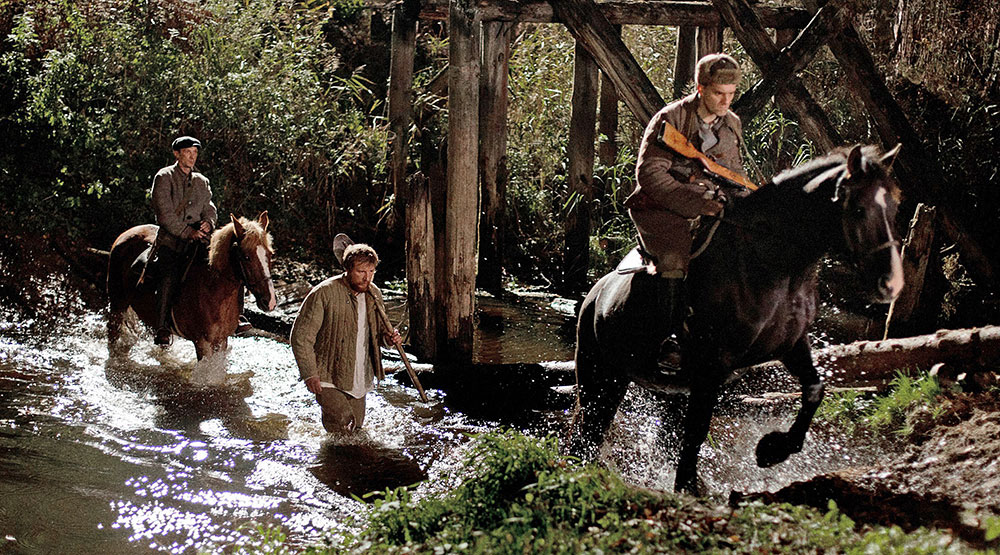
The eminent director Sergei Loznitsa has made more than a dozen films that are virtually unknown to cinephiles. Film critic Anton Dolin looks back at the master’s early work
Sergei Loznitsa is one of the few people born in the former Soviet Union whose name has become known worldwide. He has made only two feature films, My Joy (2010) and In the Fog (2012), but both were shown in the main competition at Cannes; the documentary film that followed, Maidan (2014), was also screened at Cannes, out of competition. Those discovering the 50-year-old Loznitsa’s films for the first time are struck by their artistic maturity, as well as the originality and internal logic of the cinematic language developed by a relative newcomer. Not everyone is aware that Loznitsa has been one of the leading figures in contemporary documentary filmmaking for almost two decades and has made 15-odd superb films never shown to a mass audience.
Loznitsa is a rare cosmopolitan among filmmakers. He was born in the Belarusian city of Baranovichi and graduated from the Kiev Polytechnic in Ukraine as a mathematician and engineer. He retrained in Moscow at what is now the Russian State University of Cinematography (VGIK), and made his first films in St Petersburg, working for a documentary film studio. Meanwhile, he lives and works in Berlin. In Russia — initially with pride, more recently with apprehension — Loznitsa has been called a Russian director, for he is indeed a man of Russian language and culture. However, after the events of the past year in Kiev and Crimea, the director, a vehement opponent of Moscow’s official policy, has begun to call himself Ukrainian. One way or the other, the majority of his films were shot in Russia, while the last few were shot in Ukraine, where he intends to make his next and most ambitious project to date: Babi Yar, a film about the mass murder of Kiev Jews in 1941.
Whatever side Loznitsa may have taken in his public statements, the message in his films, as with any great work, is never black and white. Take his last feature In the Fog, based on Vasil Bykau’s story of the same name. It is impossible to identify the filmmaker either with the collaborators serving the occupying forces, or with the resistance fighters taking up arms. In the ethical fog that has hung so doggedly over the former USSR for the last 50 years, Loznitsa stands for the right of individual choice — for Action with a capital “A”, action that forces us to avoid easy compromise, even if it costs us our life. This dominant ethical chord, together with the mathematically precise formalism of his cinematic language, is what distinguishes Loznitsa from other directors of his vintage who attended the very same VGIK and were schooled (possibly at VGIK itself) in moral relativism.
Loznitsa’s early films and shorts seem to gravitate towards objectivity; they are more like observations than the statement of a filmmaker. That, however, is a masterfully conjured illusion. At the centre of every film is a meticulously arranged system of images that speaks to the attentive viewer as definitively as a manifesto.
The two well-known “painterly” films which established Loznitsa’s reputation, Portrait (2002) and Landscape (2003), acquaint the viewer with a string of nameless characters without even a hint of a commentary. The black-and-white Portrait, which the director and his cameraman Pavel Kostomarov filmed while driving through provincial Russia, is essentially a road movie, even though it is made up of largely quiet, static shots of people — wanderers encountered along the way, a priori homeless residents of a country perpetually stuck at some uncomfortable crossroads. While the visuals in this gallery are reminiscent of the methods used by the great photographer August Sander, who attempted in interwar Germany to capture the portrait of a nation (of a dying breed, as it soon transpired), the colour film Landscape gives its subjects a voice as well. Landscape’s “plot”, captured in a virtuosic single shot, comprises an endless, uninterrupted wait for a bus at a bus stop. The people are given a voice, but this cinematic noise belongs at once to everyone and no one in particular, much like the conversation in Vladimir Sorokin’s novel The Queue. The passengers’destination is unknown; their effort to cram onto a single bus arouses sadness and uncertainty more than hope.
At the centre of every film is a meticulously arranged system of images that speaks to the attentive viewer as definitively as a manifesto
In Portrait, the characters merge with the landscape, from which they cannot hide or escape; in Landscape, the individual portraits blend together into a single canvas reminiscent of the vast crowd scenes painted by 19th-century Russian realists like Repin or Surikov. The collective unconscious is portrayed even more precisely and fully in the laconic and poetic The Train Stop (2000), Loznitsa’s aesthetic manifesto of sorts. The characters are waiting for a train, not a bus. They are asleep at a small railway station — that’s the whole content of this 25-minute film. The pervasive sleep, which in turn hypnotises the viewer, relieves people, at last, of the torments of their individual fates. The static nature of the situation is offset by slow camera movements and variation in the still shots. What really matters remains off camera: what are they all dreaming about?
An indirect answer to this question lies in Loznitsa’s two montage films, which reflect the main mass fantasies of the Soviet era, continuing still in the minds of many inhabitants of today’s Russia. The austere and, at its climax, shocking Blockade (2005) explores the myth of suffering and victory — military as well as moral — in the “Great War” against the global evil of Nazism. This expertly assembled mosaic of archive footage, dubbed and re-animated by Loznitsa and his long-standing sound engineer Vladimir Golovnitsky, takes us from the quotidian and familiar to the horror of death and merciless revenge — an ecstatic Victory Day salute and fireworks display in liberated Leningrad precedes scenes of the mass execution of Germans. The phantasmagorical Revue (2008), funny and frightening in equal measure, takes as its subject the utopia of the Soviet project to build communism. The film is made up of fragments of propaganda newsreels in which scenes of amateur theatre productions seem no less staged and fake than the rousing reportage from the factories and fields. The only expressive medium that Loznitsa deploys in this film is montage; yet montage serves as a clearer indicator of where the director stands than any commentary could.
In his two observational films Factory (2004) and Artel (2006), Loznitsa reimagines the Soviet legend of the working man — the sacred centre of an artificial universe of justice and goodness. The industrial used to be heroic, but then became mechanical, with no room left for individual people, only cogs of machines. Nature, in its own way, also swallows and dissolves people, yet even in this process it’s possible to seek out harmony and happiness. The place that once held the very meaning of life has now become a refuge for mere existence, which offers little comfort, but to which people gravitate nonetheless, striving to escape loneliness and daily absurdity.
In My Joy, a parable about modern Russia, Loznitsa’s world reaches its cruel limit of moral choice: kill or be killed; become the hangman or accept the fate of the victim. Even this world, however, leaves room for an idyll: Settlement (2001), whose characters the director revisits in the even more enigmatic and dreamlike Letter (2012). They are outsiders, mentally ill people who have fallen out of the merciless “here and now” and carry on life in their commune without sparing a thought for communism. It’s as if, having broken free of time, they have acquired immortality, although now any “letters” — that is to say, any forms of communication with the outside world (including the viewer) — have become impossible for them. Then again, communication isn’t something they really need.
Here, in isolation from the great tide of history, a tiny space opens up for the sacred. And Loznitsa, a dispassionate agnostic, a mathematician by both education and mind-set, finds it, this bit of sacredness, in old Europe, in a rural Portuguese backwater where he filmed The Miracle of Saint Anthony (2012). There, people are still able to believe in the impossible and have thus retained their innocence, like in the Garden of Eden. On Saint Anthony’s Day they bless their cows and goats as equals and holy grace descends upon them. But this is a mere breather — a gulp of warm air before returning to the biting Kiev frost. From the medieval wonders of The Miracle of Saint Anthony, Loznitsa moves to the fearsome collective prayer of Maidan (2014) — to a call, once again, for people to sacrifice their lives. Only behind this prayer is there a flicker of hope for deliverance from the curse of the times and for a new beginning. That is to say, for rebirth.
